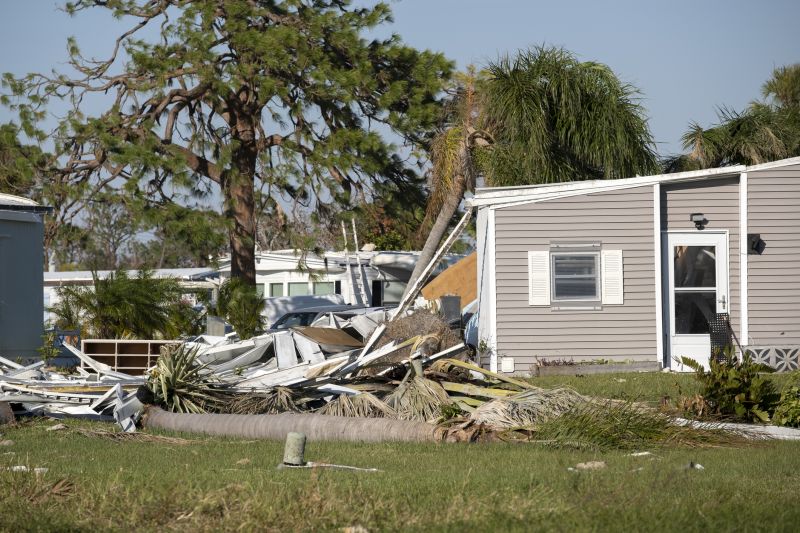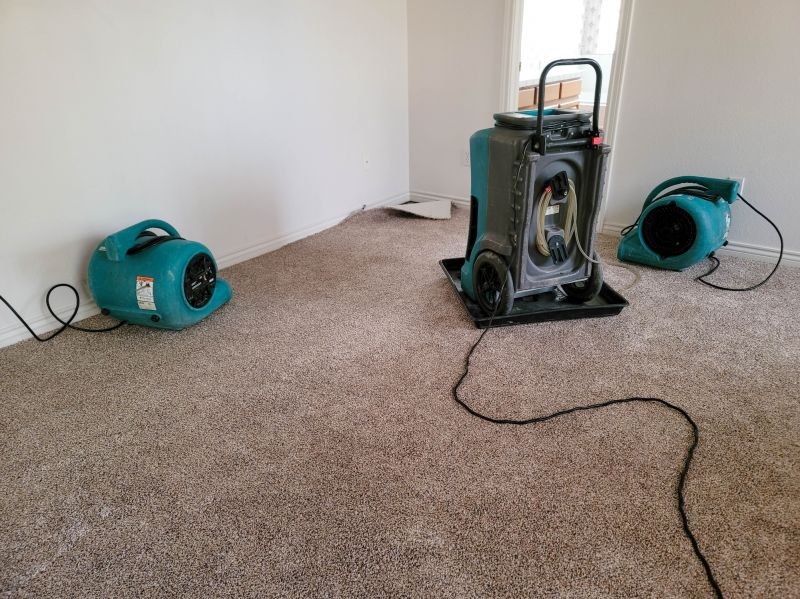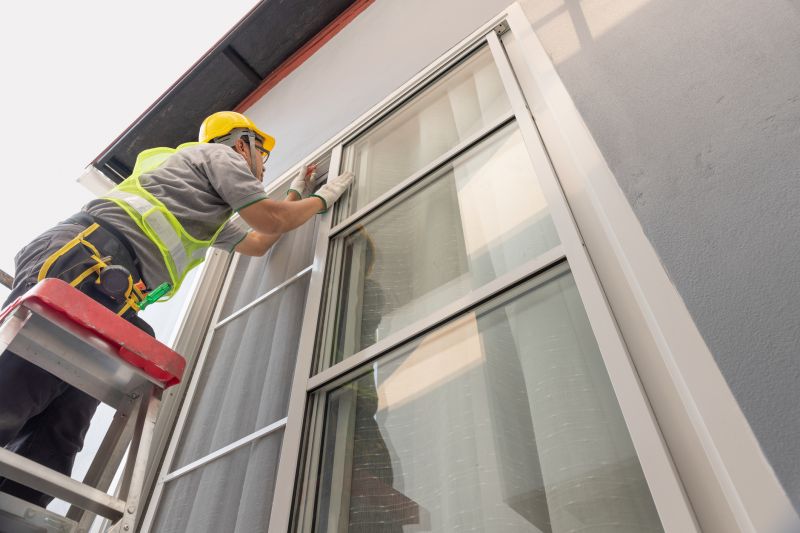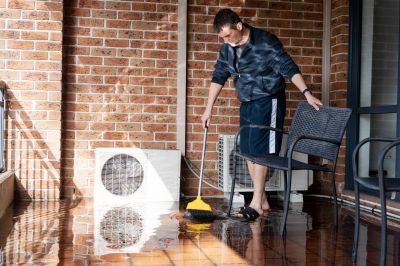Ideal Timing for Storm Restorations
Storm restorations are most effectively performed when weather conditions are stable, typically outside the peak storm seasons. Planning during calm weather minimizes delays and ensures quality work. The optimal periods are usually late spring through early fall, depending on regional climate patterns.
These seasons generally offer the best conditions for storm restorations, with longer daylight hours and warmer weather reducing project delays.
Performing restorations during off-peak times can lead to quicker scheduling and potentially lower costs due to less demand.
Avoiding the storm season reduces the risk of weather-related interruptions, ensuring timely completion of restoration projects.
In Michigan, late spring through early fall offers the most stable weather, making it the ideal window for storm restoration efforts.

Evaluating damage after storms ensures timely restoration planning.

Utilizing specialized tools for efficient repairs.

Restoration crews working during calm weather conditions.

Ways to make Storm Restorations work in tight or awkward layouts.

Popular materials for Storm Restorations and why they hold up over time.

Simple add-ons that improve Storm Restorations without blowing the budget.
Storm restorations involve repairing damages caused by severe weather events such as high winds, hail, and heavy rain. Effective restoration requires prompt assessment and action to prevent further deterioration. Proper timing ensures the availability of skilled labor and optimal weather conditions for repairs, which can significantly influence the duration and quality of the restoration process.
| Season | Typical Weather Conditions |
|---|---|
| Spring | Moderate temperatures, increasing storm activity |
| Summer | Warmer weather, peak storm season |
| Fall | Cooling temperatures, decreasing storm activity |
| Winter | Cold weather, potential for winter storms |

Restoring damaged roofs and exteriors.

Rapid response teams ready for storm aftermath.

Strategic approach to storm damage recovery.

Using durable materials for long-lasting repairs.
Assessing damage and scheduling restorations during optimal weather periods.
Keeping track of weather forecasts to avoid delays.
Aligning restoration efforts with regional climate patterns.
Completing repairs beforehand to minimize storm impact.
Interested parties are encouraged to contact for more information about scheduling storm restoration projects during the most suitable seasons for optimal results.
